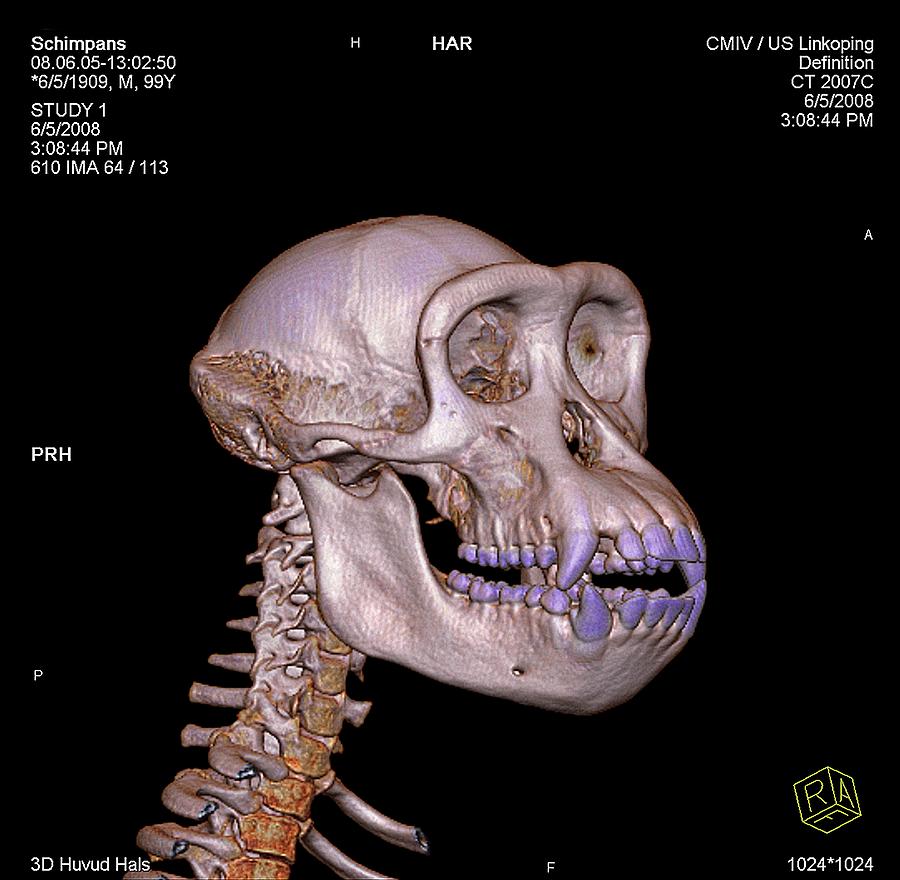

Repeated public statements of interest from many other sectors of the scientific community ( McConkey and Goodman 1997 McConkey and Varki 2000 Varki 2000) and increasing interest within the genome community eventually led to the writing of “white papers”, 4 and the assignment of high priority to this effort ( ). Less than a decade ago, sequencing the chimpanzee genome was not even on the “radar screen” of the major sequencing centers. Previous Section Next Section Sequencing of the chimpanzee genome Principles that make the chimpanzee genome such an invaluable resource. It is this intertwining of anthropogeny (the study of human origins), biomedical interests, and general evolutionary Opportunities to addressīroader questions in evolutionary biology also arise, i.e., to examine the evolutionary forces that underlie recent speciationĪnd phenotypic divergence between two closely related mammalian taxa, as well as the mechanisms by which evolutionary noveltiesĪre generated. This, in turn, could point to novel approaches toward prevention or treatment. Thus, comparisons with the chimpanzee genome could shed important light on the uniquely human pathogenic mechanisms of To (mal)adaptations during the recent evolutionary past of that species ( Nesse and Williams 1995). After all, at least some major diseases of a species are likely related

In retrospect, this should not be too surprising. Nevertheless, it is a striking paradox that chimpanzees are inįact not good models for many major human diseases/conditions (see Table 2) ( Varki 2000 Olson and Varki 2003). This is indeed the case for a few disorders. The chimpanzee has also long been seen as a model for human diseases because of its close evolutionary For the most part, we do not know which genetic features interact with the environment to generate these differences between Table 1 lists some of the definite and possible phenotypic traits that appear to differentiate us from chimpanzees and other “greatĪpes” 2. We also believe that we have manyĬharacteristics that are uniquely human. Completion of the draft chimpanzee genome sequence ( The Chimpanzee Sequencing and Analysis Consortium 2005) provides a genome-wide comparative catalog that can be used to identify genes or genomic regions underlying the many featuresĪs humans, we have an inherent interest in understanding and improving the human condition. The finished human genome ( International Human Genome Sequencing Consortium 2004) provides such a catalog of genomic features that ultimately interact with the environment to determine our biology, physiology,Īnd disease susceptibility. Most genome projects focus on elucidating the sequence and structure of a species' genome and then identifying conservedįunctionally important genes and genomic elements. 2005 Li and Saunders 2005 McConkey and Varki 2005).

These are fascinating questions, and a major challenge is to explain how genomic differences contributed to this process ( Goodman 1999 Gagneux and Varki 2001 Klein and Takahata 2002 Carroll 2003 Olson and Varki 2003 Enard and Pääbo 2004 Gagneux 2004 Ruvolo 2004 Goodman et al. What makes humans different from their closest evolutionary relatives, and how, why, and when did these changes occur? Humans ( Homo sapiens) and chimpanzees ( Pan troglodytes) last shared a common ancestor ∼5-7 million years ago (Mya) ( Chen and Li 2001 Brunet et al. That these likely represent only the tip of the iceberg. We also cite some known genetic differences between humans and great apes, realizing These two approaches will intersect at many levelsĪnd should be considered complementary. In the human population that impact unique aspects of the human condition. Genomic surveys, on genes that may contribute to known differences in phenotypes or disease incidence/severity, or on mutations Meanwhile, candidate gene approaches can be based on such While simultaneously identifying potential targets of opportunity. Genome-wide surveys could eliminate the majority of genomic sequence differences from consideration, It is logical to tackle the genetic aspects via both genome-wide analysesĪnd candidate gene studies. “phenomes” and the relevant environmental influences. Important differences scattered throughout these genomes while integrating these data with emerging knowledge about the corresponding The challenge is to identify the many evolutionarily, physiologically, and biomedically The difference between the two genomes is actually not ∼1%, but ∼4%-comprising ∼35 million single nucleotide differences and Humans and chimpanzees shared a common ancestor ∼5-7 million years ago (Mya). The chimpanzee genome sequence is a long-awaited milestone, providing opportunities to explore primate evolution and geneticĬontributions to human physiology and disease.


 0 kommentar(er)
0 kommentar(er)
